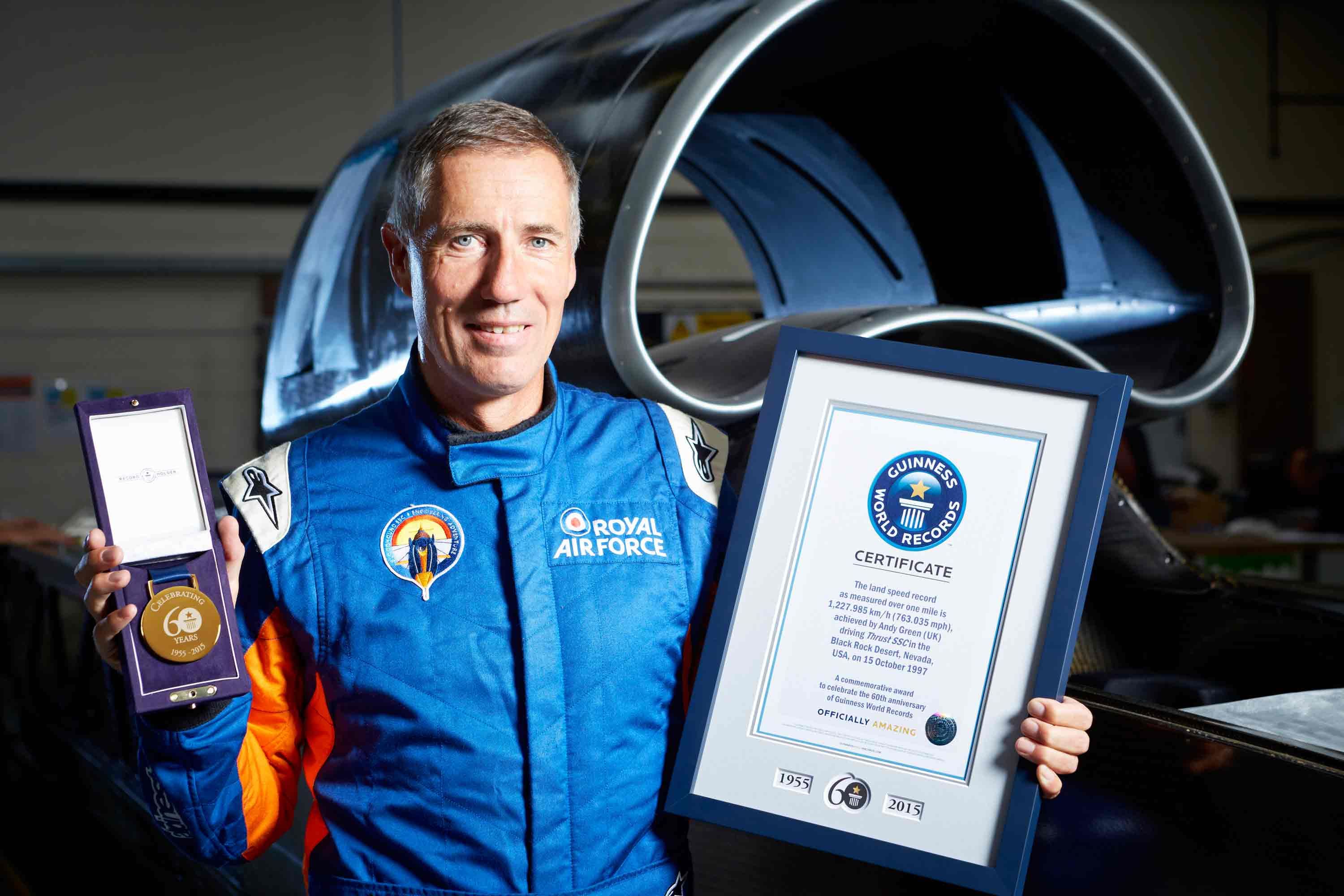
“
The automotive industry is undergoing a remarkable transformation, with revolutionary car innovations shaping the future of driving. Discover fascinating facts about cars, from cutting-edge electric vehicles and advanced safety features to smart entertainment systems and autonomous technologies. These developments are redefining how we interact with our cars, setting new standards for efficiency, safety, and convenience on the road.1
1
”
A typical car consists of around 30,000 individual parts, including both commonly known components like batteries and engines, and less familiar ones like combination valves and fuel injectors. This complexity highlights the need for skilled technicians in car maintenance and repair. 1
In 1905, Mary Anderson invented the first windshield wipers, revolutionizing driving in adverse weather. Before this innovation, drivers had to stop and manually clean their windshields during rain or snow. 2

The official land-speed record is an impressive 1,227.985 km/h (763.035 mi/h), achieved by Andy Green in 1997. He set this record in the Thrust SSC, a jet-powered car, in the Black Rock Desert, Nevada.
The first electric vehicle was created by Robert Anderson in 1832, predating modern electric cars by over a century. General Motors’ EV1, produced in the 1990s, marked the start of mass-produced electric cars. 3

Irvin "Irv" Gordon set a world record by driving his 1966 Volvo 1800S over three million miles by 2013. His achievement demonstrates exceptional vehicle durability and personal commitment to long-distance driving.
Before Alexander Winton invented the steering wheel in 1896, cars were steered using levers. Winton’s innovation greatly enhanced steering control and vehicle maneuverability, making driving more intuitive and significantly improving the driving experience. 4
The Toyota Corolla holds the record as the best-selling car of all time, with over 43 million units sold since 1966. Its popularity is attributed to its reliability, affordability, and global availability, making it a preferred choice for many drivers. 5
Ferrari produces a maximum of just 14 cars per day, compared to Toyota’s 13,000 daily vehicles. This limited production adds exclusivity and value, making each Ferrari a rare and highly sought-after luxury item. 6
Modern cars are equipped with over 30 sensors that track everything from driving habits to engine performance. This data collection raises privacy concerns and underscores the importance of understanding what information is being gathered. 7
The average age of cars on the road increased from 10.6 years in 2010 to 11.8 years in 2019. With advancements in technology making vehicles more durable, this trend is expected to continue as newer models last longer. 8
As of 2024, electric vehicles (EVs) represent nearly 10% of global car sales, reflecting a significant surge in adoption. This growth is driven by advancements in battery technology and increased environmental awareness among consumers. 9
95% of Americans drive automatic vehicles due to their ease of use, with popularity rising since the 1980s. Only 5% prefer manual transmissions. Do you lean towards automatic or manual? Let us know your preference. 10
Tesla revolutionized the automotive industry with its over-the-air software updates, allowing vehicles to receive new features and improvements remotely. This innovation eliminates the need for dealership visits and keeps cars up-to-date with the latest technology. 11
Chevrolet introduced the first car radio in 1922. Although there were attempts to ban it due to distraction concerns, the ban was unsuccessful. By 1963, car radios had become a standard feature in most vehicles. 12
Recent advancements in airbag technology include systems that can deploy between the front seats in the event of a side collision. This innovation provides additional protection for passengers and reduces the risk of injury during an accident. 13
Some vehicles offer multiple automated driving modes to suit different driving environments. For example, "Autopilot" mode is optimized for highway driving, while "City Mode" provides enhanced functionality for urban settings. 14
Certain electric vehicles are equipped with vehicle-to-grid (V2G) technology, allowing them to supply energy back to the power grid. This capability supports energy conservation and contributes to grid stability by balancing supply and demand. 15
Autonomous parking systems enable vehicles to park themselves in tight spaces with minimal input from the driver. This technology simplifies the parking process and reduces the likelihood of minor collisions. 16
The automotive industry is increasingly adopting 3D printing technology to manufacture car parts. This approach lowers production costs, enables custom designs, and allows for rapid prototyping of new components. 17
Car owners typically spend around $400 annually on diagnostics, scheduled maintenance, and tune-ups. Regular maintenance is crucial for vehicle longevity; neglecting it can result in costly breakdowns and repairs. 18


